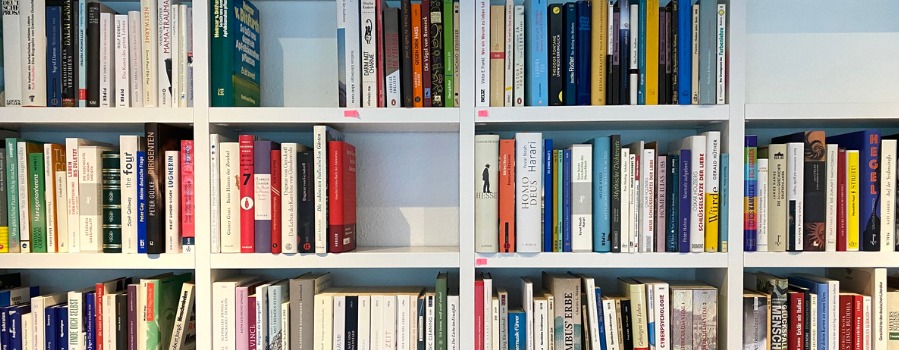
An exceptionally detailed book about how The Great War was financed could help investors understand and navigate the changes that are to come because of the coronavirus crisis.
In our ‘The Investors Bookshelf’ series, Trustnet asks the industry’s top investment managers to share the books – financial or otherwise – that have influenced their investment thinking in some way.
Matt Smith (pictured), co-manager of the £3.6bn Ruffer Total Return fund, discusses how this old history book is particularly relevant today, and how it has shaped his and Ruffer’s investment thinking. 
Financing the First World War by Hew Strachan
“A dry title, befitting a dry book, with an almost comic attention to detail. Page 112, for example, features not insignificant detail on the attempts of Kurdish herdsmen to avoid increased Turkish cattle tax. So why include this title in a review of books that have profoundly shaped one’s investment thoughts?” Smith said.
“The answer is that there are a number of remarkable parallels to today that will be relevant in the near investment future.
“To set the scene: in early 1914, as described by John Maynard Keynes in his 1919 piece The Economic Consequences of the Peace, globalisation, capitalism and technological progress has been so astounding that ‘the inhabitant of London could order by telephone, sipping his morning tea in bed, the various products of the whole earth, in such quantity as he might see fit, and reasonably expect their early delivery upon his doorstep’. It turns out that Amazon Prime was invented long before our internet age.
“Yet this apparent peace was shattered by what we would now call a ‘black swan event’ in the form of the assassination of Archduke Franz Ferdinand in June 1914 and shortly thereafter Europe was at war. A true ‘left tail’ for markets. Then, just as we saw last year, there was a lot of talk of ‘home by Christmas’ (though not as ambitious as Trump’s ‘reopening by Easter’) and of a short war. It turned out to be a lengthy engagement, financed by unconventional monetary policy, unprecedented fiscal deficits, giant rises in taxation, and a huge jump in inflation. We recognise the first two from our current crisis, and the latter two are on their way.
“Strachan highlights steps taken by the authorities that resonate remarkably with today: a huge provision of liquidity (in the form of banknotes) to commercial banks; moratoriums on rent, loans, foreclosures; the creation of special banks to lend directly to the private sector (the equivalent of today’s Bounce Back loans).
“The most powerful quote is found in the middle of the book: ‘War reversed the relationships between exchequers and their spending departments. The treasuries of Europe saw their task no longer as one of restraint, but of enablement.’ Unequivocally, this is the direction of travel today: it is the job of central banks and of Treasuries to keep the hosepipe of monetary and fiscal stimulus flowing, to sustain the economy in the face of a crisis that was ‘nobody’s fault’.
“Federal expenditure in the United States rose 2,454 per cent between 1916 and 1919. The UK reached a 60 per cent budget deficit. To finance the war, taxation rose enormously – Strachan illustrates how a higher rate income taxpayer moved from an 8 per cent income tax rate at the beginning of the war to 50 per cent by its conclusion. The phenomenon known as ‘fiscal drag’ brought millions more into the income tax net for the first time.
“New taxes, such as the Excess Profits Tax (for profits ‘in excess of peacetime norms’) were brought in – the parallels today are visible in the proposed ‘windfall taxes’ for companies like supermarkets and online retailers who have benefitted so much from lockdown.
“In the countries that were most successful at raising taxes, the UK and the US, taxation paid for around 25 per cent of war costs. In those countries with little success such as France and Austria, they failed to raise enough to even cover interest costs let alone war costs. The gap between government spending and revenues was met by inflation, as governments printed money to finance themselves, resulting in average inflation of around 20 per cent a year (with some much higher, as Germany eventually found).
“The expenditure required during the First World War ended the gold standard and, slowly but surely, began the path to our current credit-based fiat currency system. It was a true ‘regime shift’. Learning from this experience allows a greater understanding of the changes that are to come as a result of the coronavirus crisis: an end to the low inflation and high returns of the 1990-2020 era, and a move towards a more government-directed economy and the higher inflation that inevitably accompanies this. At Ruffer, we position our portfolios accordingly.”





